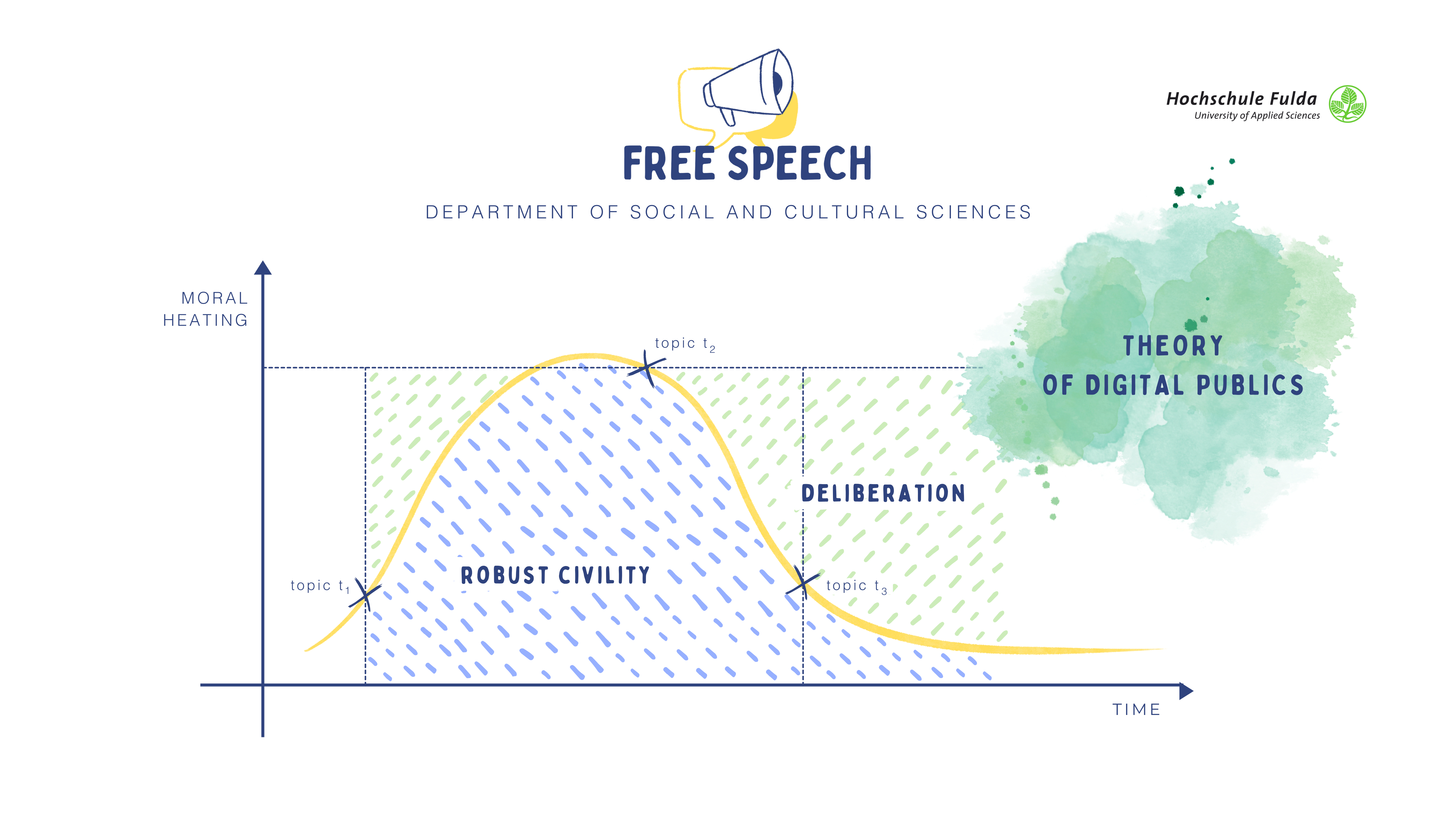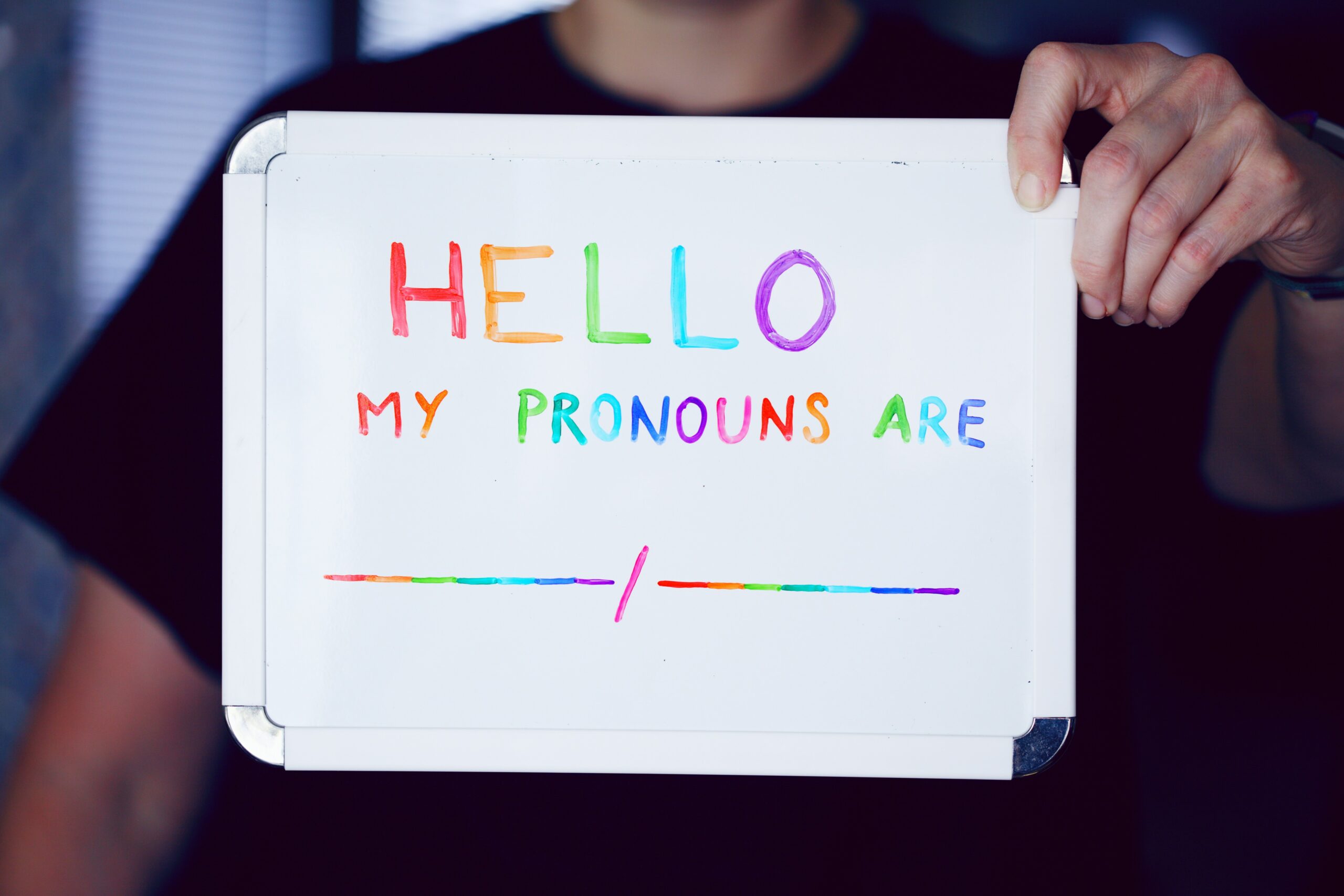GROUP MEMBERS- Mary Gurung and Patience Chirikure
Defining New Pronouns Zie and Zer
- Zie (subject): Used in place of „he,“ „she,“ or „they“ when referring to the subject of a sentence. For example, „Zie is going to the store.“
- Zer (object): Used in place of „him,“ „her,“ or „them“ when referring to the object of a sentence. For example, „I saw zer at the park.“
These pronouns are especially popular among individuals who identify as non-binary, genderqueer, or have gender identities that don’t align with the traditional binary gender categories. It’s important to use „zie“ and „zer“ when addressing someone who prefers these pronouns to respect their gender identity and expression.
As with any set of pronouns, it’s crucial to ask individuals for their pronoun preferences and use them accordingly. Pronoun usage is a matter of respect and validation of a person’s gender identity. Being considerate and using the pronouns someone prefers is an essential step toward creating an inclusive and supportive environment for all individuals, regardless of their gender identity.
How did Pronouns Zie and Zer Come to Be?
The development and adoption of new pronouns like „zie“ and „zer“ are part of a broader effort to create more inclusive language and recognize a wider range of gender identities beyond the traditional binary concept of gender. Here’s how these pronouns and others like them have come to be:
- Recognition of Gender Diversity: Society has become increasingly aware of the existence and rights of transgender and non-binary individuals. As this awareness has grown, there has been a corresponding acknowledgment of the limitations of the traditional binary pronouns (he/him and she/her) in representing the diverse gender identities that exist.
- Activism and Advocacy: Activists and advocates within the LGBTQ+ community have played a significant role in promoting and popularizing new pronouns. They have worked to raise awareness about the importance of respecting people’s gender identities and the use of pronouns that align with those identities.
- Language Evolution: Language has always evolved to reflect societal changes and shifts in cultural understanding. New pronouns emerge as a way to fill a linguistic gap and provide a more inclusive means of addressing and referring to individuals who don’t identify within the traditional gender binary.
- Community and Online Spaces: The internet and social media have provided platforms for individuals to discuss and share their gender identities and preferred pronouns. This has allowed new pronouns to gain visibility and acceptance in various online communities and, subsequently, in broader society.
- Inclusivity and Respect: The use of these new pronouns is rooted in principles of inclusivity, respect, and validation of individuals‘ gender identities. Using pronouns like „zie“ and „zer“ helps create an environment where people can express their true selves without feeling marginalized or misunderstood.
It’s important to note that the use of new pronouns is not uniform across all communities or regions, and acceptance can vary. However, as awareness and education about gender diversity continue to grow, it’s likely that the use of alternative pronouns will become more commonplace and accepted in the future.
Ultimately, the adoption of new pronouns is part of a broader societal shift toward recognizing and respecting the rich diversity of gender identities and expressions that exist among individuals.
How Are Gender Neutral Affecting the Society?
The adoption of new gender-neutral pronouns and the recognition of a wider spectrum of gender identities are having several effects on society:
- Increased Inclusivity: The use of new pronouns promotes inclusivity by acknowledging and respecting the gender identities of individuals who don’t identify within the traditional binary of male and female. It helps create an environment where people of all gender identities feel valued and accepted.
- Reduced Stigma and Discrimination: As awareness of diverse gender identities and pronoun usage grows, it can contribute to a reduction in stigmatization and discrimination against transgender and non-binary individuals. Greater visibility and acceptance of different gender identities can lead to a more empathetic and understanding society.
- Legal and Policy Changes: Some countries and regions have introduced legal protections for gender identity and expression. These changes can impact various aspects of society, including education, employment, healthcare, and legal recognition of gender markers on identification documents.
- Education and Awareness: Schools, workplaces, and organizations are increasingly implementing training and educational programs to raise awareness about gender diversity and pronoun usage. This education helps foster empathy and understanding among individuals of all ages.
- Challenges and Resistance: While there has been significant progress in promoting gender-inclusive language, there can also be resistance and challenges. Some people may struggle with adapting to new pronouns or may not fully understand the importance of using them correctly. This can lead to misunderstandings and debates about language use.
- Media and Entertainment Representation: Media and entertainment industries are gradually becoming more inclusive in their representation of diverse gender identities. This representation helps challenge stereotypes and fosters greater understanding and acceptance among the general population.
- Community Support: The adoption of new pronouns has led to the creation of supportive communities for individuals with diverse gender identities. These communities provide resources, advocacy, and a sense of belonging, which can be crucial for the well-being of transgender and non-binary individuals.
- Intersectionality: The discussion of new pronouns often intersects with conversations about race, disability, class, and other aspects of identity. Recognizing these intersections is essential for addressing the unique experiences and challenges faced by individuals with multiple marginalized identities.
It’s important to note that the impact of new pronouns on society is ongoing and evolving. As societal attitudes change and awareness continues to grow, the effects of these linguistic and cultural shifts will likely become more pronounced. Ultimately, the goal is to create a more inclusive and equitable society where all individuals are respected and affirmed in their gender identities.
Challenges Surrounding Gender Neutral Pronouns
While the adoption of new gender-neutral pronouns and increased recognition of diverse gender identities has many positive effects, it’s also important to acknowledge that there can be some negative effects or challenges associated with these changes. These negative effects are often rooted in societal resistance, misunderstandings, or the complexities of language evolution:
- Resistance and Pushback: Some individuals may resist the use of new pronouns due to unfamiliarity, discomfort, or ideological reasons. This resistance can lead to friction and misunderstanding, particularly in contexts where inclusivity is a goal.
- Misunderstandings: As new pronouns are introduced, there can be confusion and misunderstandings about their correct usage. This can lead to unintentional misgendering and hurtful interactions.
- Language Complexity: Introducing new pronouns can add complexity to language, which can be challenging for some people to adapt to, especially if they are not well-versed in gender-related terminology.
- Resistance in Legal and Policy Changes: Efforts to introduce legal and policy changes to recognize and protect gender diversity may face opposition from individuals or groups who do not support these changes.
- Backlash: In some cases, the recognition of diverse gender identities and pronoun usage has sparked backlash or conservative reactions, which can lead to hostile or divisive debates.
- Inclusivity Challenges: Striking the right balance between inclusivity and practicality can be challenging. Some people may worry about the potential for excessive pronoun options and the difficulties this may pose in everyday communication.
- Institutional and Structural Challenges: Institutions and systems may struggle to adapt to new language and policies, which can result in misgendering or difficulties for individuals seeking recognition and validation of their gender identities.
- Inequities and Disparities: Not all individuals have equal access to education and awareness about new pronouns and gender diversity. This can lead to disparities in understanding and acceptance, with some groups facing more significant challenges in being recognized and respected.
It’s important to address these negative effects by promoting education and awareness about gender diversity, providing support and resources for individuals seeking recognition of their gender identities, and encouraging respectful dialogue and communication. While there may be challenges and resistance, many societies are making efforts to create more inclusive environments that recognize and respect the full spectrum of gender identities.
In conclusion, the adoption of new gender-neutral pronouns and the recognition of diverse gender identities have had a profound impact on society. While these changes have brought about numerous positive effects, including increased inclusivity, reduced stigma, and enhanced representation, there are also challenges and negative effects to consider. These challenges range from resistance and misunderstandings to complexities in language and policy adaptation.
It is essential to recognize that these changes are part of a broader societal shift towards greater gender inclusivity and respect for individual identities. Overcoming the negative effects involves continued education, awareness, and respectful dialogue among individuals of all backgrounds and beliefs.
As we move forward, addressing these challenges and fostering understanding will be crucial in creating a more equitable and inclusive society where all individuals are valued and affirmed in their gender identities. By working together to navigate these complexities, we can strive for a more accepting and supportive future for everyone, regardless of their gender identity.

